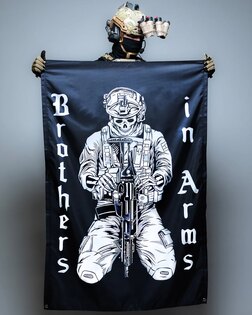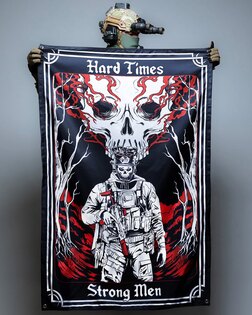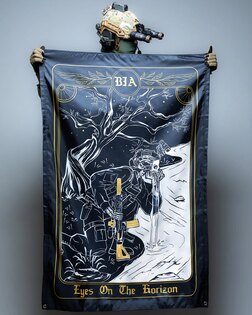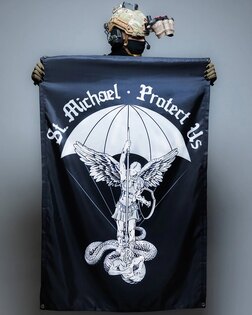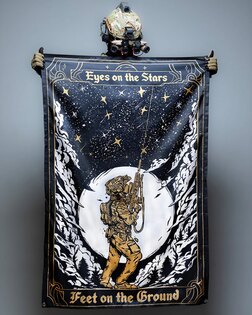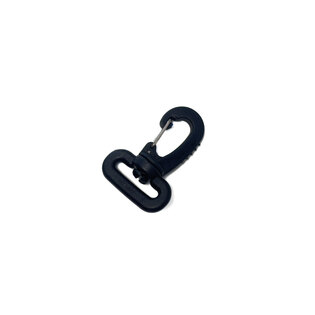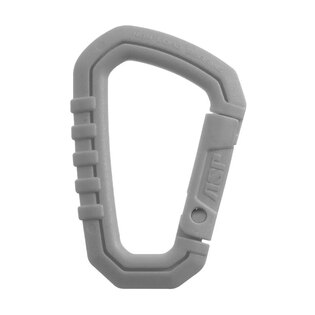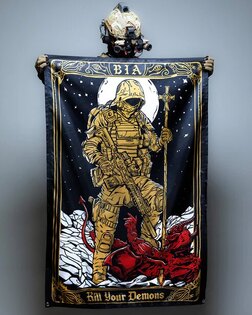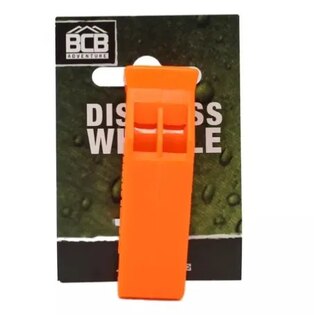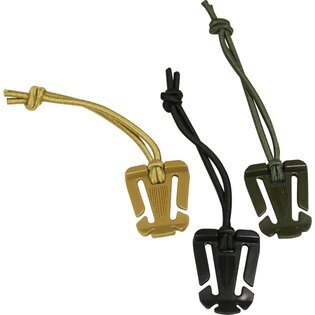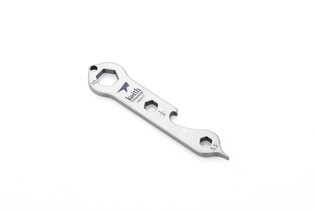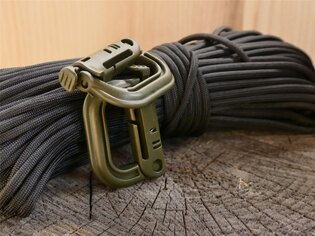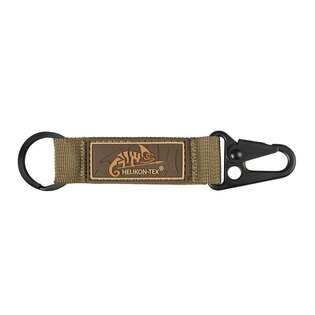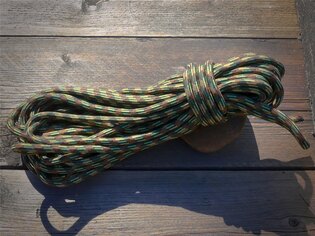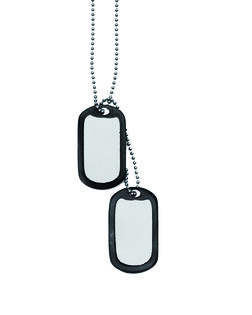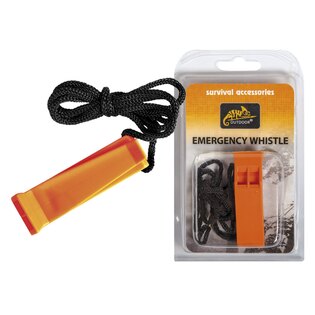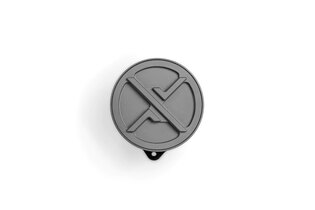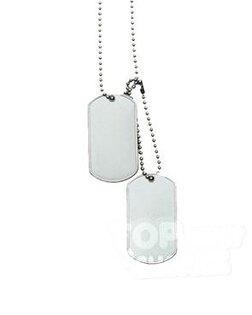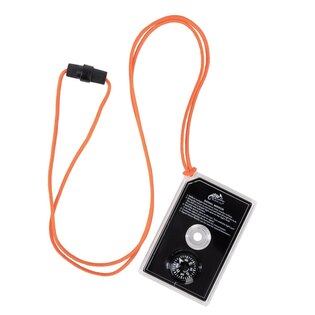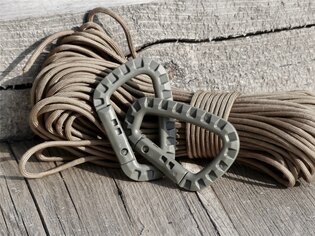5 basic pieces of survival equipment
Supporters of survival activities often like to compete with each other as to which amenities they can easily do without in nature and which equipment is, on the contrary, a so-called "must have". But what equipment is really important? Which essentials should you not forget at home? Pack 5 basic pieces in your backpack that will handle most situations if you know how.
1) A quality knife
In short, you cannot do without a proper knife in nature. Forget folding knives, fishlets and bow ties. In the forest, a knife with a fixed blade that you can lean on will pay off. You can use a knife with a fixed blade for a wide range of activities, such as:
- To prepare the material for starting a fire: with the help of a knife, you can make shavings, chip chips and chop smaller branches in no time.
- To raise a spark: more daring adventurers can try to raise a spark with the help of quartz or perhaps a wooden bow. But all this requires long-term practice. If you want to play it safe, pack a flint in your survival gear.
- For emergency equipment adjustment: whenever you need to cut a piece of rope or make improvised holes to attach equipment.
- To make an improvised compass: if you have a needle (wire) and a stick at hand, you can make your own compass. Take the needle in your hand and repeatedly run the tip of the knife in one direction from the tip of the needle to its end. Maintain only one direction, never slide the knife back and forth. Then all you have to do is place the needle on a piece of wood, place it on the surface of the water, and the compass is ready.
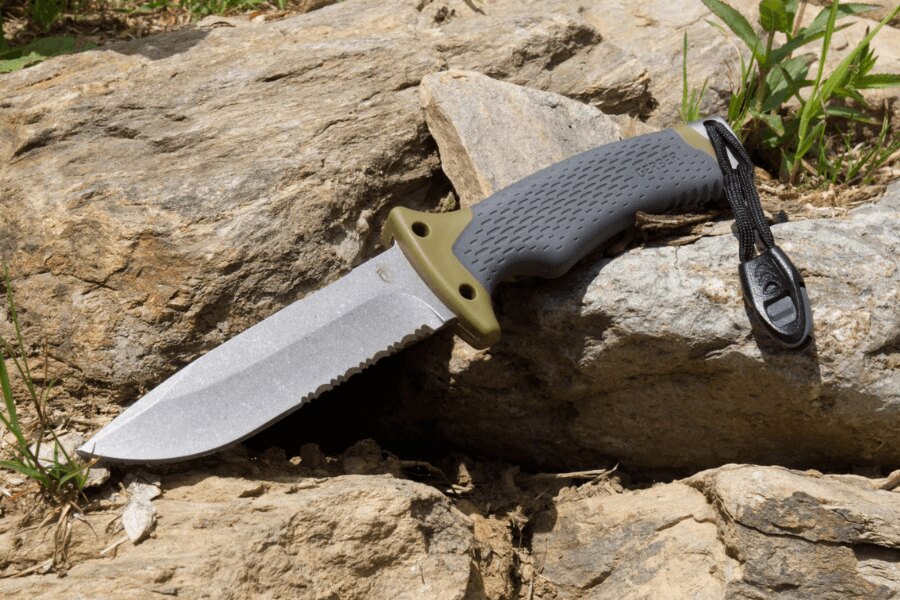
A knife is an essential tool for survival in the wilderness. For these purposes, we recommend a robust knife with a fixed blade. Their representative is the Gerber Ultimate Survival in the picture.
2) Flint
In combination with a knife, you can start a fire very quickly and you will be sure that you can take care of yourself in the wilderness. Fire is a key element of survival in almost any situation, so it's a good idea to always have a flint handy. You will use it especially when you need to warm up, cook something to eat, filter dirty water, drive away uninvited visitors or want to alert rescuers.
3) A water bottle with drinking tube
Field bottles are directly made for survival events. They are practical, have a wide neck and a quality seal. Their huge advantage is also the wide cup, with which you can easily collect water even from shallow streams. With the help of a drinking bottle, you can boil water over a fire to obtain drinkable water. You can also prepare a medicinal substance in case you cut yourself or otherwise injure yourself. Thanks to an infusion of plantain, thyme, sage or chamomile, you can avoid an unpleasant infection.
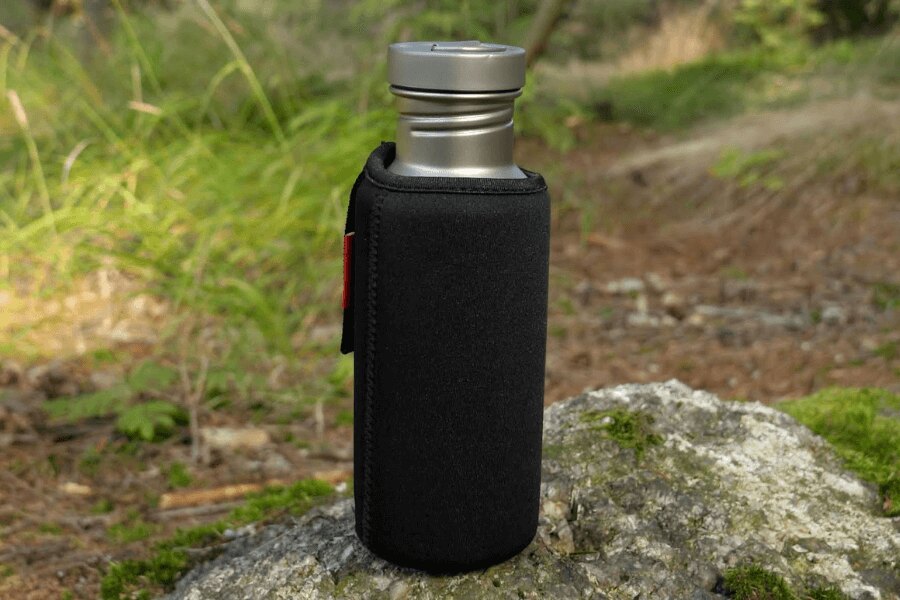
A bottle or a flask is an obvious choice and you will surely choose from a wide portfolio. For example, the Keith Titanium Sport Bottle stands out for its mechanical resistance and does not affect the taste of water in any way.
4) Paracord
Paracord is an important part of your survival equipment. With the help of paracord, you can fix a shelter, repair damaged equipment or you can use high-quality paracord as a saw. You can also wrap the parachute cord around the handle of the knife, so you don't have to carry coils of cord around in your pockets.
5) Thermal insulation foil
This foil can literally save your life. Its inner part will keep you warm even at low temperatures, and you can also use it in case you need to alert the rescuers. On its reflective part, you can draw a cross with charcoal (similar to an emergency call).
You wrap an injured person, with whom you have to wait for help for a long time, in thermal insulation film, and thus provide him with the necessary thermal comfort. It is also strong enough to serve, for example, as a stretcher for the improvised transport of the wounded, or even improvised luggage. It can also come in handy for collecting water.
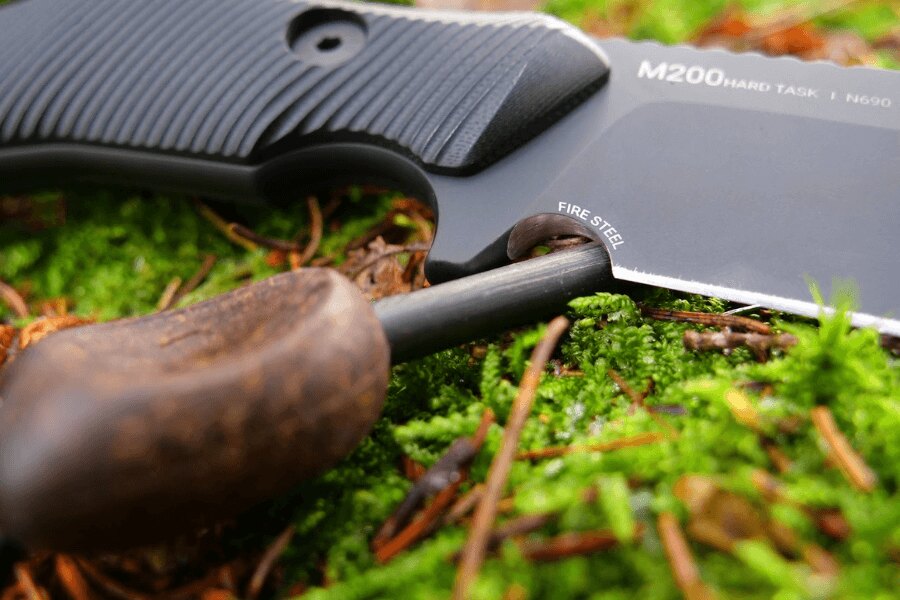
The ANV M200 knife has a special bore for using flint.
You can also use the thermal insulation film when you need to warm up quickly. You throw the foil over you like a blanket and with the help of a knife, flint, some tinder and pitch stick (wood with a high resin content) you make a small campfire under the improvised blanket.
TIP: A pitch stick works on a similar principle to a candle, so you don't have to worry about burning yourself. Just be careful not to burn your makeshift candle directly over dry grass and wood. At the end of the whole procedure, you might be a little fumed, but we think it's definitely worth the warm-up.
Readers are further interested





































































































































